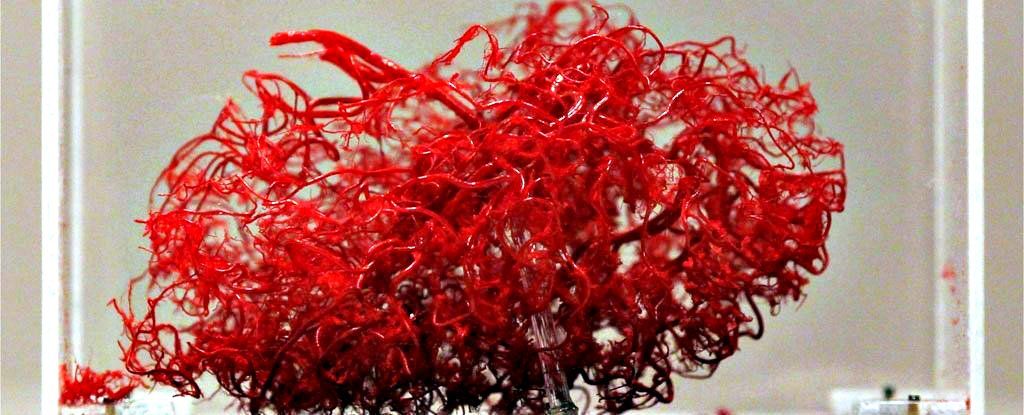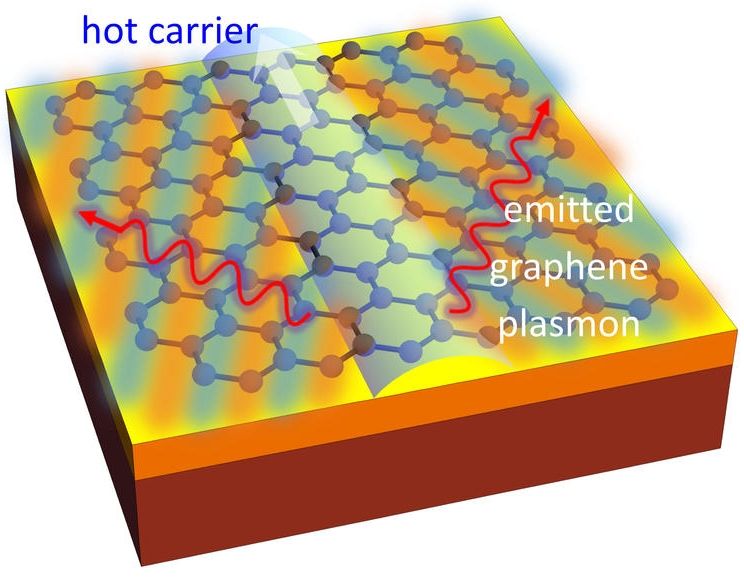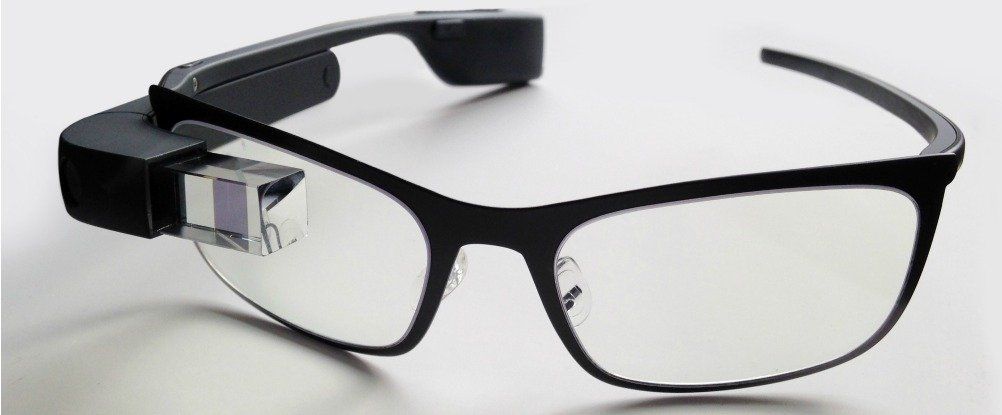Physicists working with the Large Hadron Collider beauty experiment (LHCb) have discovered what appears to be an entire family of new particles that our current physics models can’t explain.
The existence of these new forms of matter, known as tetraquarks, challenges our current understanding of the role they play inside the protons and neutrons that make up atoms — the fundamental building blocks of everything we know and love in the Universe.
“We looked at every known particle and process to make sure these four structures couldn’t be explained by any pre-existing physics,” one of the team, Thomas Britton from Syracuse University, told Sarah Charley at Symmetry. “It was like baking a six-dimensional cake with 98 ingredients and no recipe — just a picture of a cake.”









